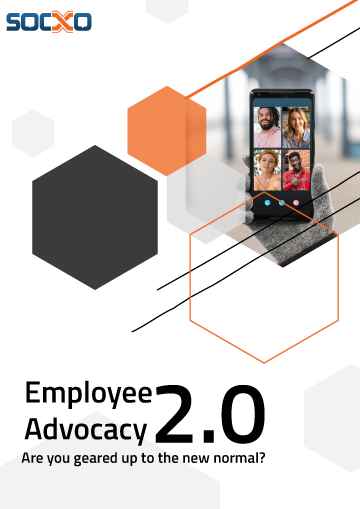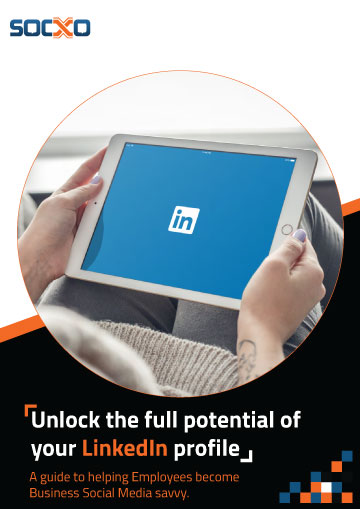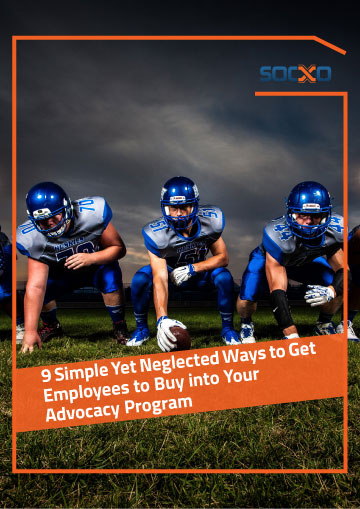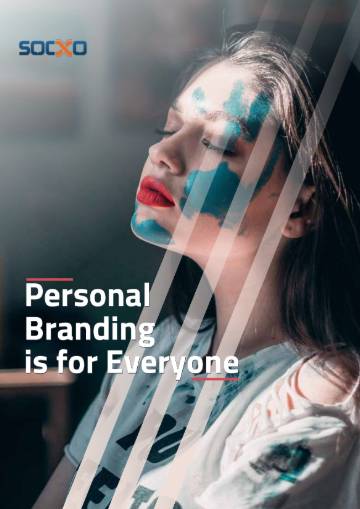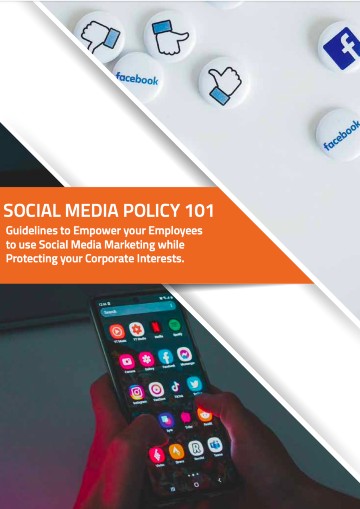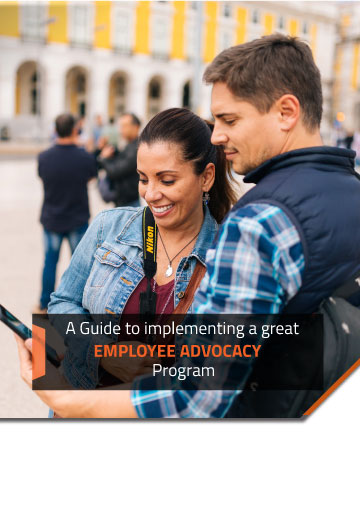
What drives employees to be engaged with the brand? What makes some folk get the bigger picture while many don’t? And that, is one of the major focus areas of marketing within the organisation itself.
With teams focused unwaveringly on achieving its own objectives, they end up having a decidedly limited view of the roles other teams play in organizational growth. In other words, the whole rarely if ever ends up being larger than the sum of its individual parts.
Having a déjà vu feeling about your brand advocacy program? Worry not. Sometimes, learning what hasn’t worked is the best way to start over. Here’s a ready reckoner of what to avoid:
1. Making it about the brand alone
Agreed, this may sound counterintuitive. But think about it. Giving the elephant in the room (your brand in this case) the prime stage positioning of front and center reeks of insecurity, desperation, and lack of class. Therefore, asking advocates to give official brand marketing precedence over personal branding is the worst mistake you could possibly make.
How do you stay away from it? Instruct admins to refrain from constantly pushing company content for advocates to share. It’s the surest way to get them to disengage – if you’ve hired smart employees and engaged with the right stakeholders, they’ll sure as hell know when you’re exploiting their networks (and devaluing them) with embarrassingly narcissistic pieces.
The idea is to amplify your brand, not snuff out their brand images. On the other hand, if you share industry news, thought provoking topics, and other material that empowers them to enhance their personal brand, it builds trust – among employees, partners, and potential customers alike.
So, if you want to establish brand credibility, start by enabling and empowering participants to share their experiences, interests, and insights about their work, product, service, or customers. The company brand should be implied rather than shoved down your advocates’ and audience’s throats.
2. Prolonged and over-engineered baby steps.
We know what you’re thinking. It’s sacrilege to bite off more than you can chew. But ever heard the saying “It takes a village to raise a child?” It’s true. Your brand is your child. It isn’t something you can keep on experiment mode forever. It’s yours for life, and you’ve got to build and nurture it to get where you want it to.
The impact of networks can only be felt at scale. So if you’re attempting a brand advocacy program, do a test run, get select advocates into the program and see how it works as you can see the system first hand if you want a demo and free trial. Once done, you could now set it to incrementally raise the scale of the program so that over a few months you’ll be on your way to generating organic reach on scale.
The temptation to start a brand advocacy program pilot with just a handful of people in your marketing/ HR department over long periods in general, ends up as a damp squib for everyone as people lose interest quickly without seeing scale setting in.
3. Relying on heavy incentivizing.
Over gamifyfication of brand advocacy programs is a sure shot way to make it fail the minute incentives are cut. While this does drum up advocate participation in the short terms (which is definitely a measure of success), using incentives to pivot your whole program is definitely not the way to go.
An overly heavy focus on gamification actually boomerangs – it conditions your employees to expect rewards for everything they do to help the program, whether it’s sharing content or reading important company announcements. Not feasible, and DEFINITELY not sustainable. And what next? If incentives get curtailed due to any constraints, you’re left with the rug yanked from under your feet.
The idea is to motivate advocates in a more scalable and sustainable manner. Set reasonably sized targets that are neither too easy nor too hard to achieve, and can also be accomplished within about a couple of weeks to begin with – so that it doesn’t seem like forever till the next milestone. Incentives are meant to support these efforts, not be the sole reason for them.
4. Not allowing advocates the liberty of using their voice.
All too often, companies curate brand content and queue up Tweets, LinkedIn updates, or Facebook posts for advocates to share – but in locked mode. In other words, they use advocates’ networks, but don’t allow them the creative liberty of how they share the content. Asking advocates to share content while not allowing them to tweak/ edit the language or add their own perspective to make it more similar to their individual social activity defeats the whole purpose of advocacy. How can you ask people to be your advocates without empowering them to do it the best way they can – by being themselves, and by being heard for who they are?
When you empower your advocates to speak in their own voice on your behalf, you’re helping them position themselves as trusted industry experts – and in the process, your brand too. Locking messages undermines this effort and relegates your advocates to being nothing more than cogs in your brand marketing machine.
5. Setting unrealistic expectations.
A brand advocacy program can only get you so far without data and analytics to keep it on track. If you don’t have concrete numbers to track and back up your efforts, you’re in for some serious trouble. Unfortunately, this is a huge gray area for many companies – they’re mostly not sure what exactly they’re supposed to measure.
We provide you with a comprehensive platform to both execute and analyze your brand advocacy program. Our robust analytics will help you understand how well a content piece did – how far it reached and how much engagement it drew, for instance.
All said and done, one of the most important measures of an effective brand advocacy program is how well you have connected the dots for all the advocates in your community and harnessed the potential of their networks to create a cohesive brand message – one that potential customers should be dying to meet based on everything they’ve heard from everyone, everywhere. Take a deep breath…and a strategic-as-hell approach to the process to ensure the best results.








